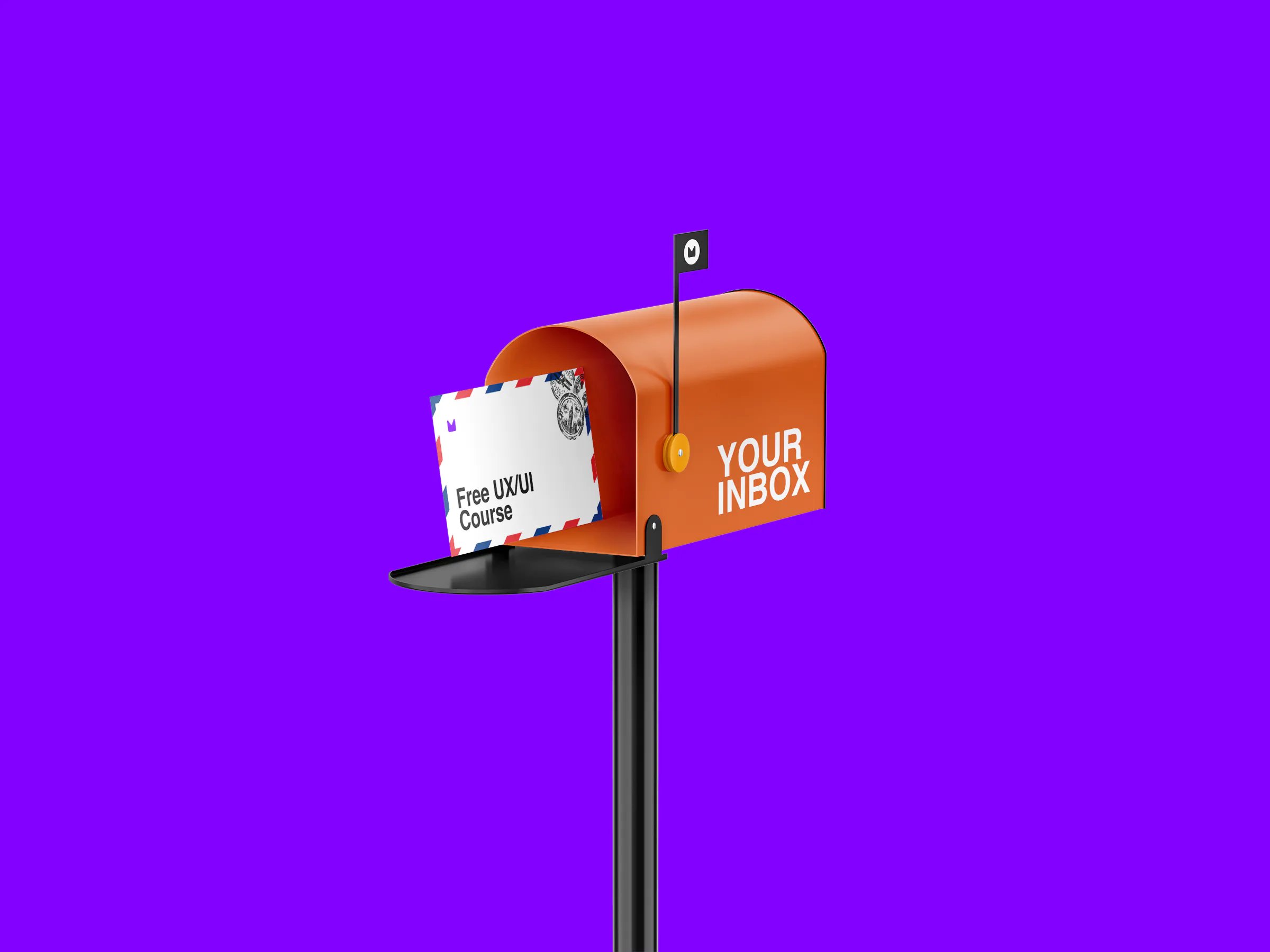

Get a Free UX/UI Course in Your Inbox Every Day for 15 Days
By the end of this three-week crash course, you'll have a much better understanding of the tech industry, the design craft, and all the knowledge you need to start building your career.

Get a Free UX/UI Course in Your Inbox Every Day for 15 Days
By the end of this three-week crash course, you'll have a much better understanding of the tech industry, the design craft, and all the knowledge you need to start building your career.

I’m probably not telling you anything new here: UX Design is one of the most complex and fast-paced industries and managing your time can become increasingly challenging, even when you are just starting or you are in a learning process.
With so many other professional and personal commitments, how can we carve out the time necessary for learning, for absorbing information thoroughly, and for ensuring we utilize that knowledge to the fullest? After successfully finalizing Mento Design Academy Bootcamp and working as a Product Designer, I realized that making time is a responsibility, and the secret ingredients are intention, transparency, and consistency.
So, how can you ensure you divide and defend your time to focus on learning and growing? Let’s find out.
As you’ve probably noticed, no matter in which stage you are at, people are not inclined to give you time for the activities you value or need to focus on. This is also true when learning a new skill, but blaming the circumstances or other people will not get you very far. More often than not, the responsibilities lie with you and how you align on expectations. Things are happening fast, whether we talk about personal or professional commitments. And it’s not because they don’t want to or have a different plan, but simply because they are unaware of your needs and the resources required to get something done.
Humans have a propensity to make assumptions based on past experiences and knowledge. Yet, assumptions can widely differ, and failing to articulate expectations can lead to endorsing a narrative that doesn't align with your reality.
When starting out in a learning phase or a new role, be upfront about the resources you need with those around you. If your needs evolve, embrace transparency. It's best to communicate openly and provide your rationale.
When I started learning UX Design, explaining to my friends why I couldn't hang out as often was tough. My schedule was packed with work and study, yet I didn't want to lose my social ties. The solution? I involved them in my journey, shared the ins and outs of the industry, clarified my ambitions, and established clear boundaries. To my surprise, I emerged with even stronger friendships because I was purposeful with my time and maintained transparency. They became a part of my journey, supporting me in various ways, such as distributing surveys for user interviews or simply grabbing a coffee.

Speaking about expectations and communicating your needs to the people around you, it’s essential to verbalize them, but it’s not enough. Being proactive about your intentions is critical to setting boundaries and dedicating time to learning. A simple yet effective tactic is time-blocking. Reserve slots in your calendar, mute your Slack notifications—be deliberate with your time and provide visual cues for others.
Whenever deep work is needed—whether conducting interviews, synthesizing research, or mapping out user journeys—I block out specific times on my calendar. Giving tasks titles provides context to others and minimizes interruptions.
Nothing beats proper planning, no matter your goals. For me, setting aside time on Sunday evening or Monday morning to outline my research goals for the week has been transformative. It might feel counterintuitive, initially seeming like lost time, but it's quite the opposite. This planning period allows me to strategize, prioritize, and schedule meetings, enabling me to manage my time efficiently, communicate expectations early, and start the new week in a better mood.

Are you familiar with Parkinson’s law? Named after the British historian and author who critiqued the inefficiency of the British civil service, the principle states, “Work expands to fill the time available for its completion.” In essence, the duration allocated for a task often dictates the pace at which we work.
What Parkinson noticed a century back is unfortunately still valid today: sometimes, people can be busy all day long, but very few things are actually accomplished.
I’ve seen this in Design work all the time. Focusing too much on creating the perfect design from the beginning, or the flawless screen, will not get you very far if you dwell on it for a couple of weeks. Showing your work as often as possible and getting feedback will help you grow faster.
That doesn’t mean, though, that you need to rush through things. However, it might be time to explore a new problem angle or reach out for support if you feel you’ve been spending too much on something with no tangible results. Don’t lose your goal out of sight; tackle more minor things only when you have a solid foundation and have answered the most burning questions. When lost, take a step back to think about the purpose of each thing you are learning or working on.

So, ready to take action in planning better? Here’s a quick recap of what we’ve covered: